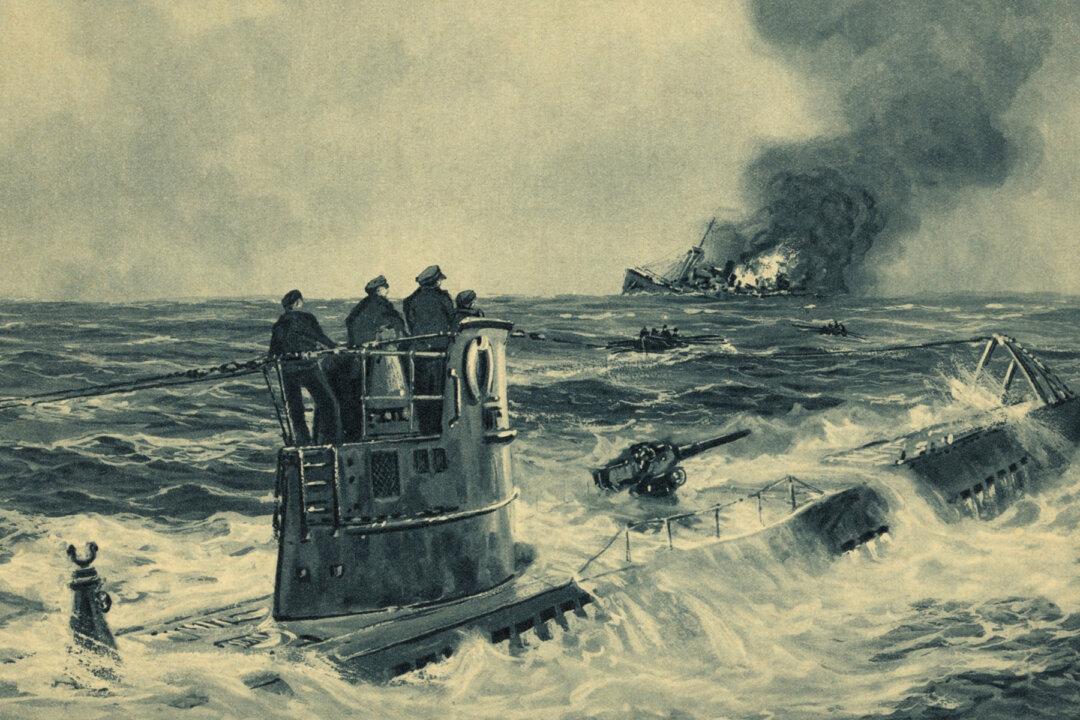A ship loaded with over 200 tons of goods hit a fallen tree that was lying beneath the Missouri River and sank quickly. A group of men discovered the ship buried in a cornfield years later.
The steamboat, named Arabia, set off from St. Louis, Missouri, on Sept. 5, 1856, carrying over 200 tons of cargo, which ranged from shoes to champagne bottles that were to be delivered to 16 midwestern frontier towns according to The Arabia Steamboat Museum’s website.






